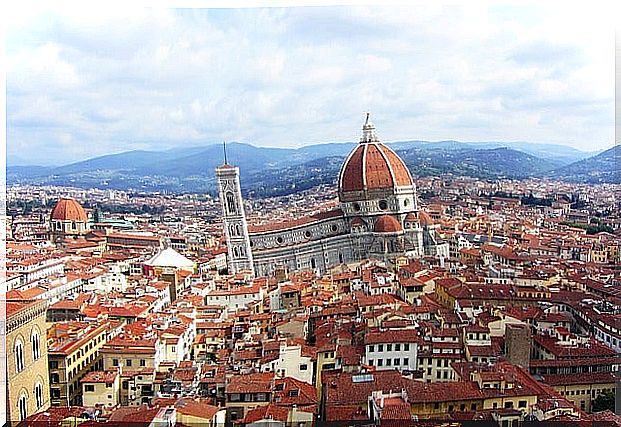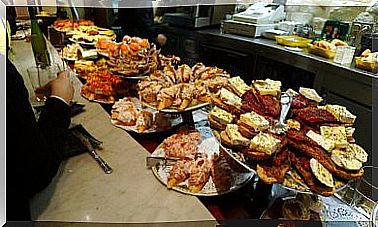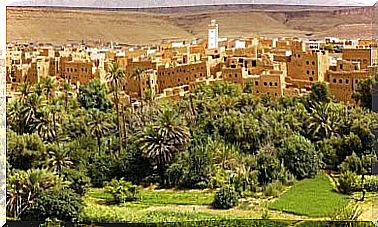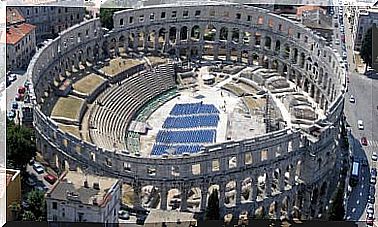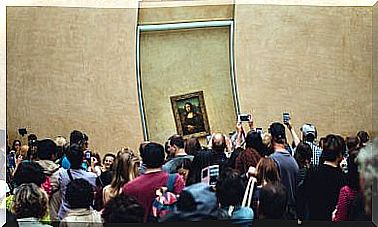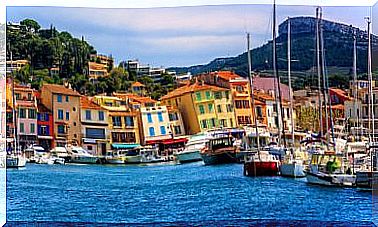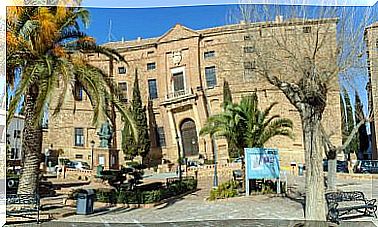The Most Famous Works Of Michelangelo
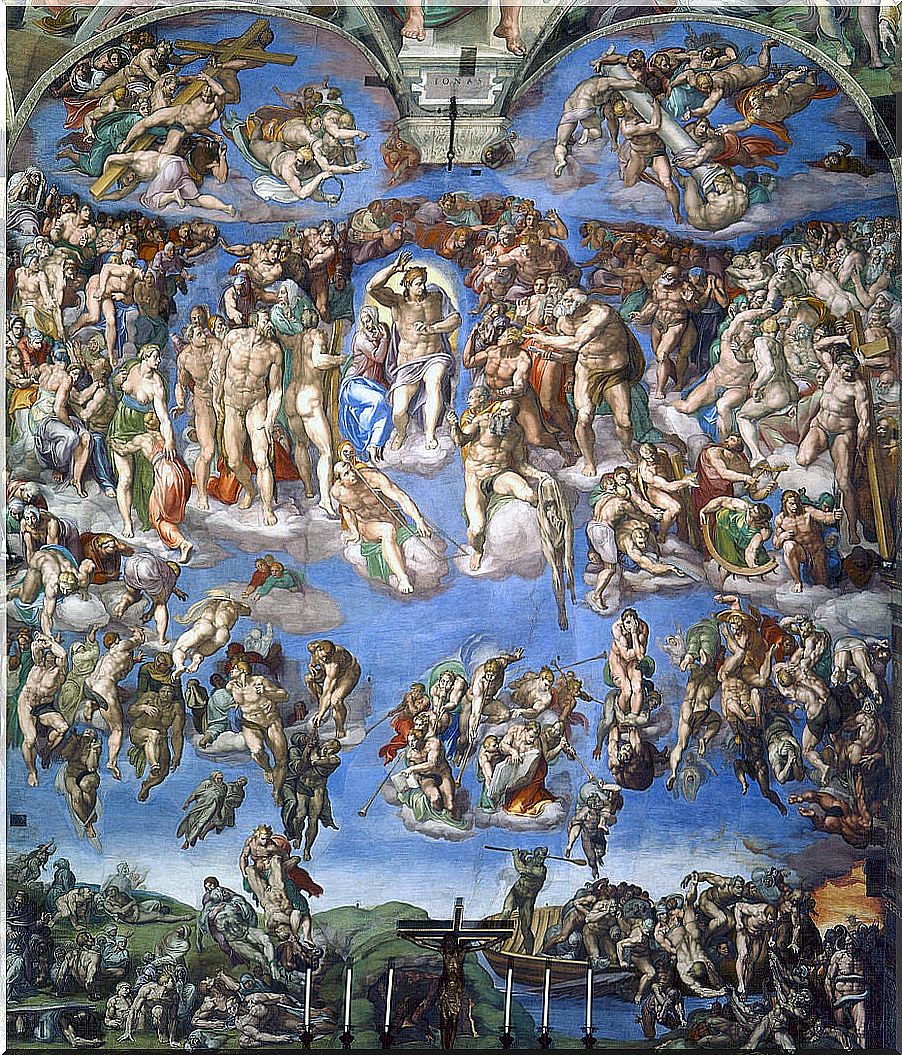
Michelangelo’s skills and sense of perfectionism were inexhaustible. So much so that no one has been able to overcome his particular and meticulous way of expressing reality. Therefore, we will review some of his most famous works. You are sure to be impressed!
Michelangelo has been, without a doubt, one of the greatest artistic exponents of the Italian Renaissance. Like such prominent figures as Leonardo da Vinci, Donatello or Boticelli, this great artist proposed a new conception not only of the art world, but also of the entire European civilization.
Michelangelo’s painting
Sistine Chapel Vault
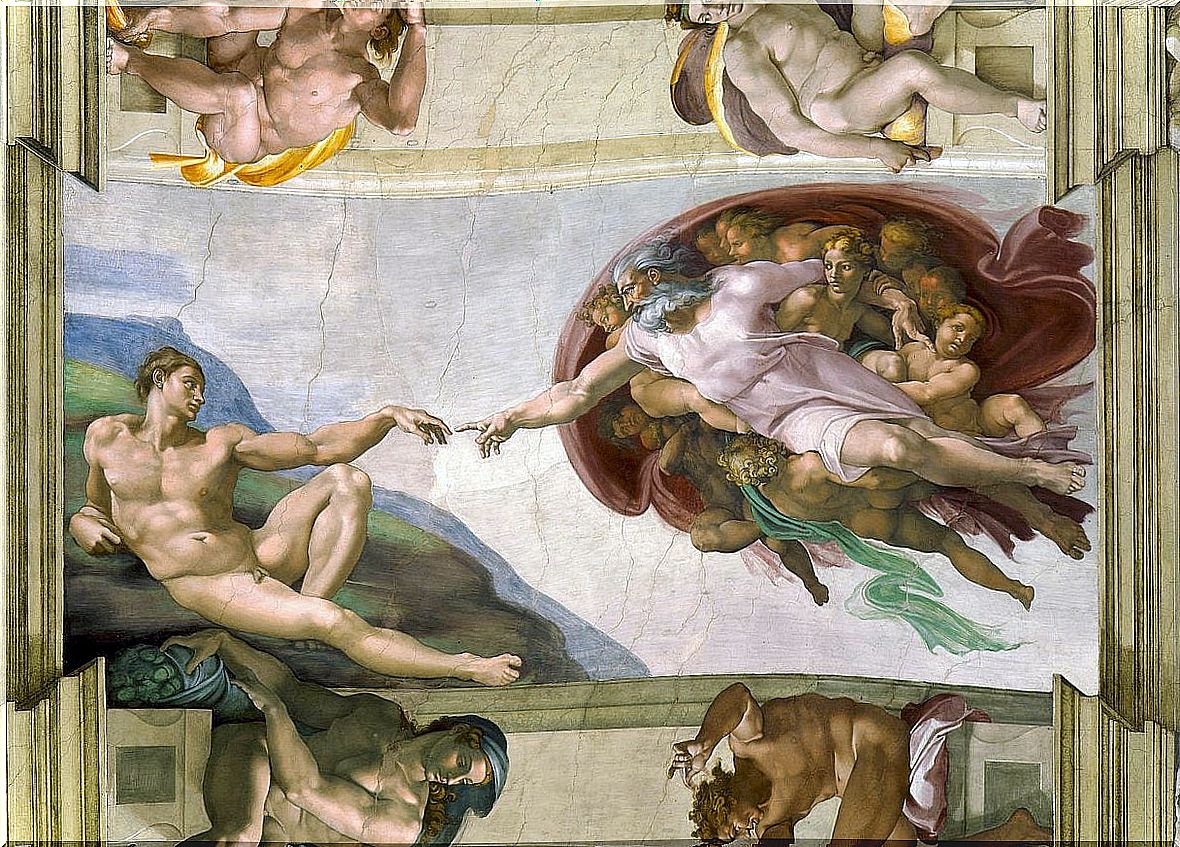
It is one of the greatest frescoes in history and, of course, one of the most successful. Its enormous complexity stands out as soon as you enter the gigantic chapel room and raise your face. Therefore, it is very popular all over the world. And there is no doubt that it is something to admire.
Michelangelo decided to capture the complete narrative of Genesis on this dome. To do this, he divided the roof into sections, simulating different architectural elements. These ornaments serve as frames for the different scenes.
Of all of them, the Creation of Adam is the most powerful. Due to the complexity of carrying out such immense work and the artist’s own refusal to have assistants, it took him several years to finish it.
Tondo doni

In his facet as a painter, Michelangelo was not only dedicated to frescoes and wall paintings. He also made other smaller works and with other techniques. And among all of them we must highlight the delicate Tondo Doni that he made between 1503 and 1504 commissioned by Agnolo Doni, a renowned textile merchant of the time.
He asked him to do this work to celebrate his daughter’s marriage to a rich banker, so the chosen theme was La Sagrada Familia. A work that would decorate the home of the young couple and surely their bedroom, but that today we can all appreciate in the Uffizzi Gallery in Florence.
Michelangelo’s sculpture
The Pieta of the Vatican
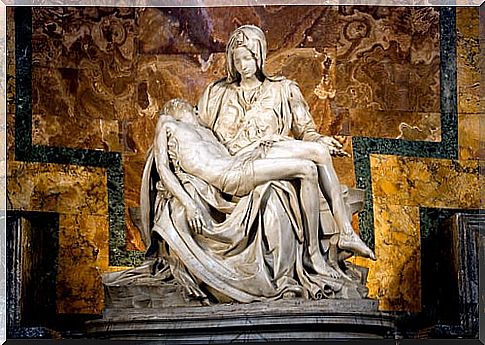
This sculptural group is located in the Vatican, inside the basilica. In it, the Virgin Mary and Jesus Christ appear incarnated at the moment in which he is taken down from the cross and she picks him up in her arms for the last time. The expression and the realism of the details, so careful, are splendid even if it is a painful scene.
In 1972 a mentally ill man came to the basilica armed with a hammer, striking the face of the Virgin while proclaiming that he was the reincarnation of Christ. However, the man was arrested and, in a short time, restoration work began. Since then, the sculpture has been protected by a glass wall.
David , a colossal hero
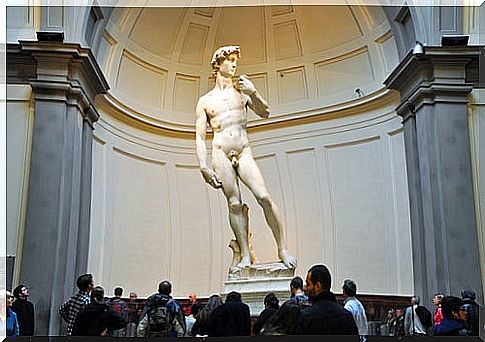
This sculpture was commissioned from Michelangelo by the Opera del Duomo and is impressive given its dimensions. The representation of the biblical character David, who defeated the giant Goliath, measures 5.17 meters high.
It is one of the most popular Renaissance sculptures in the world. It is exhibited in the GAF (Gallery of the Academy of Florence) and is considered a symbol of the city.
However, Florence has copies of David in two of its squares. One of them is in Plaça de la Signoria, where the original work was located since it was finished until 1873. The other copy is in Plaça de Michelangelo, where it is possible to contemplate one of the best panoramic views of the city.
Moses , a mighty prophet

Michelangelo was the artist chosen to decorate the mausoleum dedicated to the memory of Pope Julius II. And although the result was both colossal and spectacular, it was one of the artist’s greatest disappointments because, during its execution, his patron decided not to continue with the financial contributions.
The marble virtuoso had decided to carve the figure of the prophet Moses surrounded by other biblical images. Now, it is believed that due to a misprint in the translations of the sacred texts, the head of Moses was decorated with a pair of horns, when in fact it should carry two rays of light.
Despite this, this character does not disappoint in sight. Tourists are often admired with monumental appearance. There are those who claim that it is even possible to perceive how he breathes if one looks closely at the fins of his nose. The crypt that houses this work is located in the church of San Pietro in Vicoli, in the city of Rome.
Bacchus , the expression of hedonism

In Florence, the adoptive metropolis of Michelangelo, there is a carving as magical as the rest, but somewhat less known by the public. It responds to the name of Bacchus , since it symbolizes the personality and stamp of said classic deity. In it we can see God in the skin of a hedonist who raises his glass with his right hand, about to drink.
Bacchus is considered the first great work of Michelangelo. In fact, he started working on it when he was just 21 years old. It is surprising for the agility of the composition, as well as for the fidelity it shows towards the ancient beliefs of the Greco-Roman culture.
The slaves
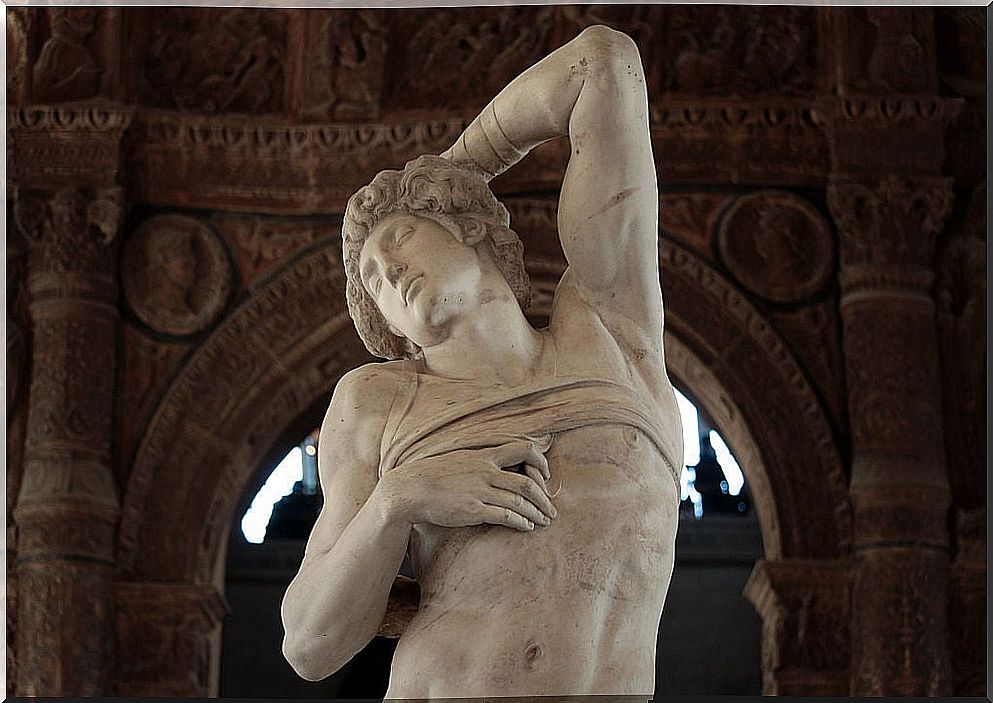
The talent for sculpture of Michelangelo was such that today two of his great works are two unfinished marbles. Two works that were not even born with the vocation of being independent statues, since they were almost decorative figures from the lavish tomb of Julius II that was never built in its entirety.
We talk about the marbles of the awakening slave and the dying slave. The first preserved in the Gallery of the Academy in Florence, and the second in the Louvre in Paris.
But why are these unfinished works so impressive? Because they reflect the idea of the artist, who thought that the work was already hidden inside the stone and he only had to remove it. And that is what these two figures of brutal force transmit to us.
Michelangelo’s architecture
Medici Chapel

After having triumphed in Rome and having received important papal commissions, Michelangelo decided to return to his hometown. In Florence he undertook a work that according to his criteria was going to be the culmination of all his production. Merging in one place all his ideas about sculpture, architecture and painting. That was to be the Medicean Chapel.
However, the project never had all the funds that had been promised and had to reduce its claims.
And yet it is an impressive work that houses the mausoleums of two of the most remembered Medicis : Lorenzo the Magnificent and Giuliano I. The ensemble is colossal, so one would have to imagine how it would have been in the version dreamed of by the artist.
Laurenciana Library
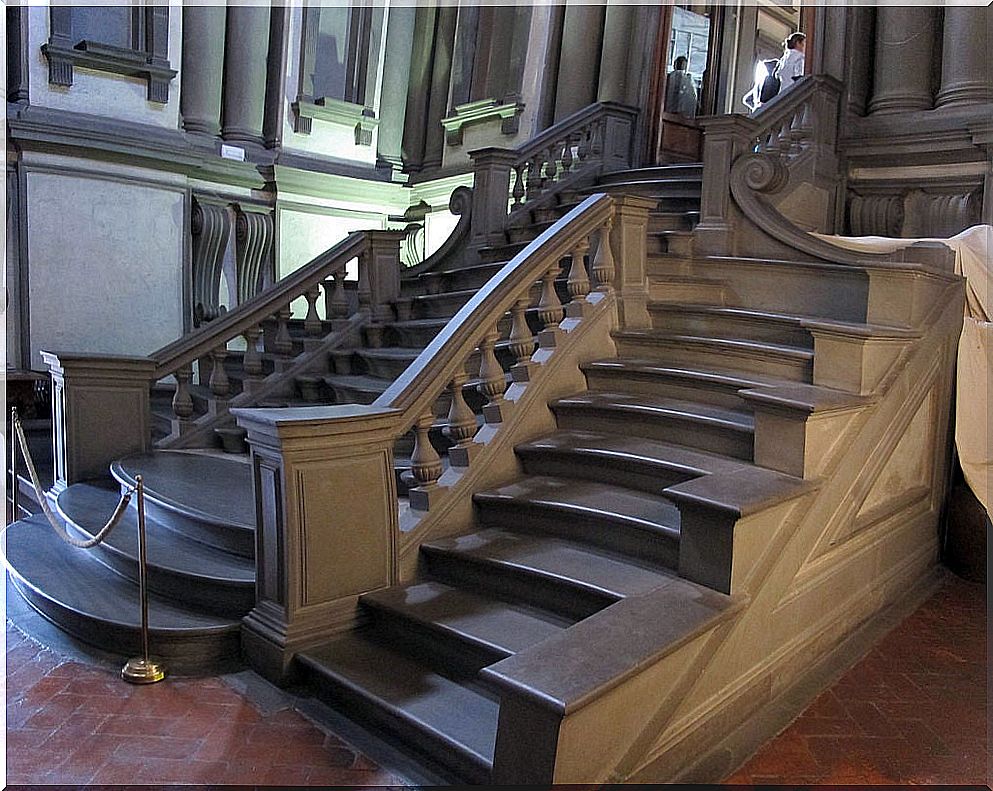
Next to the same basilica of San Lorenzo where the Medicean chapel is located, Michelangelo designed another of his most outstanding architectural works: the Laurentian Library. Today, this place is still considered one of the most beautiful libraries in history.
Its creator not only conceived the spaces, he even designed the desks for the readers. It can be visited, and it is difficult not to capture the sensations of tranquility and wisdom that this place gives off from the moment you climb the imposing access staircase. And those sensations multiply when we enter the Reading Room.
Saint Peter of the Vatican

At the end of his days, Michelangelo was the most prestigious artist of his time, and he was in all the great disciplines, both in painting and sculpture and in architecture. That is why it is not surprising that when Saint Peter’s project in the Vatican was unfinished, Pope Paul III commissioned him to put an end to it.
But it was a project originated by Bramante, and Miguel Ángel did not want to follow the ideas of another, so he would do it but on the condition that he do it in his own way. And the result can be seen today especially in the impressive dome, the largest in all of Christendom.
Although it must be said that given his advanced age, he never saw the completed basilica. Although it is clear that this place would not be the same without the intervention of the great genius of the Renaissance.
